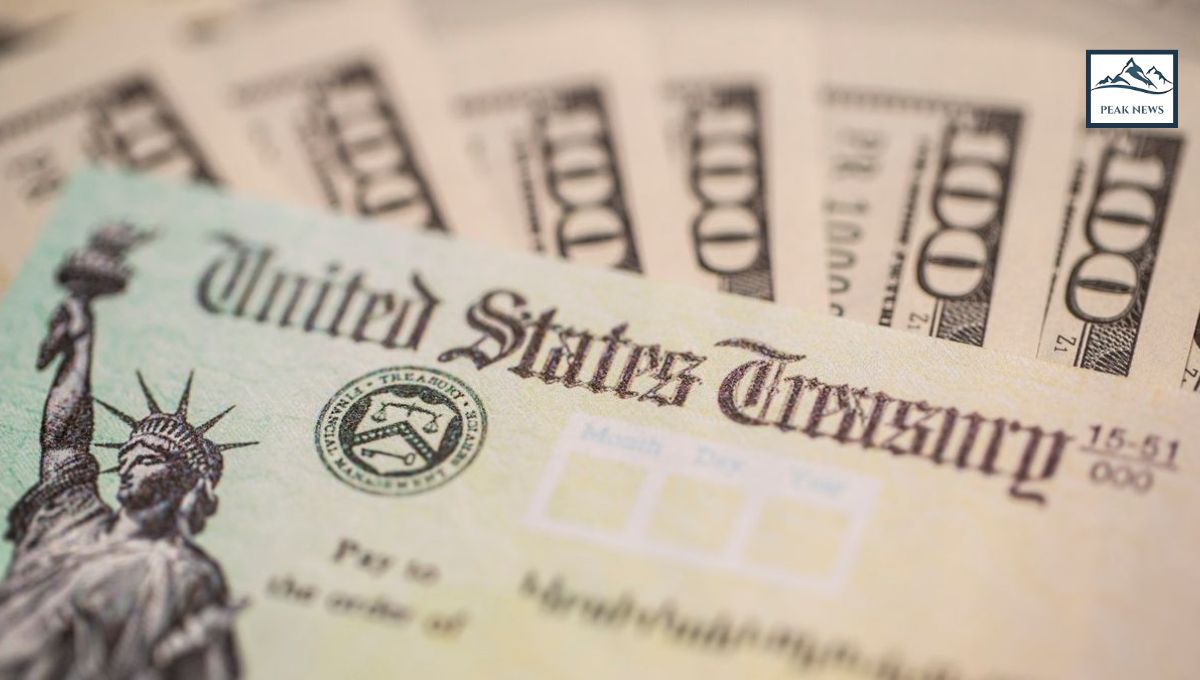Retirement planning can feel confusing even in the best of times, and with new IRS rules rolling out in 2025, it’s easy to feel lost. But don’t worry—this guide breaks down the changes in simple terms. By understanding these updates, you can make better choices for your future and avoid costly mistakes.
Bigger 401(k) Contribution Limits
Good news for people saving for retirement! The IRS is letting you put more money into your 401(k) in 2025. You can now contribute up to $23,500 in pre-tax dollars, which is $500 more than last year. This extra boost gives you a great chance to grow your retirement savings.
It’s not just 401(k) plans that get the higher limit. If you have a 403(b), 457, or the federal Thrift Savings Plan (TSP), you can also save more this year. It’s a small change, but every dollar counts when you’re saving for the future.
A New Starter 401(k) for Small Businesses
If you work at a small business, there’s a new plan you might like: the starter 401(k). It works a lot like a regular 401(k), but your employer doesn’t have to match your contributions. You can put away up to $6,000 per year, and if you’re 50 or older, you can add an extra $1,000.
This plan is great for people whose employers can’t afford bigger retirement benefits. It gives more Americans a chance to start saving early and build up a solid retirement fund.
Employers Can Now Match Student Loan Payments
One of the coolest updates comes from the SECURE 2.0 law. Before, you had to put money into your 401(k) to get your employer’s match. Now, if you’re paying off qualified student loans (like tuition or education expenses), your boss can put money into your retirement account as if you contributed yourself.
This means you don’t have to choose between paying off debt or saving for retirement—you can do both!
Easier Rules for Early Withdrawals
Usually, if you take money out of your 401(k) before age 59½, you’d have to pay a 10% penalty plus taxes. But starting in 2025, you can take out up to $1,000 for a financial emergency—without the penalty. If you pay it back within three years, you’re all set.
Also, victims of domestic abuse can now take money out without that 10% penalty. If you certify that you’ve been a victim, you can take out up to $10,000 or half of your account balance (whichever is less) to help get back on your feet.
How These Changes Affect Your Social Security and Retirement Plans
These IRS updates don’t directly change how Social Security works. But by saving more in your retirement accounts and getting employer matches—even while paying off student loans—you might rely less on Social Security in the future. Plus, the new emergency withdrawal options mean you can handle unexpected problems without messing up your long-term savings plan.
Stay Informed and Ask for Help
The IRS changes rules like this every year, so it’s smart to stay on top of what’s new. If you’re not sure how these changes affect you, talk to a tax advisor or financial planner. They can help you make the best choices for your situation and avoid penalties.
